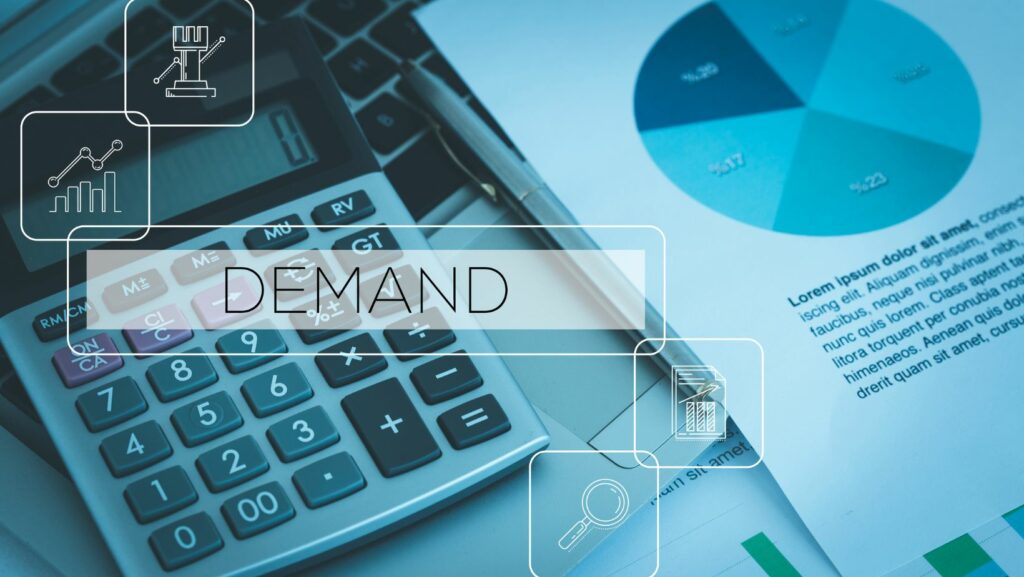
Which Explains The Connection Between The Law of Demand And Excess Demand?: Theory of Demand
Which Explains The Connection Between The Law of Demand And Excess Demand?
The law of demand and excess demand are two fundamental concepts in economics that are closely connected. Understanding this connection is crucial for grasping the dynamics of supply and demand in a market. The law of demand states that as the price of a good or service increases, the quantity demanded decreases, and vice versa. Excess demand, on the other hand, occurs when the quantity demanded exceeds the quantity supplied at a given price. In this article, I will explore the relationship between these two concepts and how they influence market outcomes.
At first glance, it may seem counterintuitive that the law of demand and excess demand are related. However, they both stem from the same underlying principle of scarcity. When the price of a good or service is high, consumers are less willing or able to purchase it, resulting in a decrease in demand. Conversely, when the price is low, consumers are more inclined to buy, leading to an increase in demand. Excess demand arises when the quantity demanded at a particular price exceeds the quantity supplied, indicating a shortage in the market.
The Law of Demand
Definition of the Law of Demand
The law of demand is a fundamental concept in economics that states that as the price of a good or service increases, the quantity demanded decreases, and vice versa. In other words, when the price of a product goes up, people are less likely to buy it, and when the price goes down, people are more likely to buy it. This relationship between price and quantity demanded is at the core of understanding consumer behavior and market dynamics.
Factors Influencing Demand
Several factors influence the demand for a product or service. These factors can include:
- Price: As mentioned earlier, price plays a significant role in determining the quantity demanded. When the price of a product is high, consumers may opt for cheaper alternatives or reduce their consumption.
- Income: The level of income that consumers have also affects their demand for goods and services. As income increases, people tend to spend more, leading to an increase in demand.
- Tastes and Preferences: Consumer tastes and preferences can change over time, impacting their demand for certain products. For example, a new trend or fashion can lead to an increase in demand for specific clothing items.
- Availability of Substitutes: The availability of substitutes can affect the demand for a product. If there are close substitutes available at a lower price, consumers may switch their preferences, leading to a decrease in demand for the original product.
The Demand Curve
The relationship between price and quantity demanded is often represented graphically by a demand curve. The demand curve shows the quantity of a product that consumers are willing to buy at different price levels. It slopes downward from left to right, indicating the inverse relationship between price and quantity demanded. As the price decreases, the quantity demanded increases, resulting in a downward-sloping curve.

Excess Demand
Definition of Excess Demand
Excess demand, also known as a shortage, occurs when the quantity demanded of a good or service exceeds the quantity supplied at a given price. In other words, there is an imbalance in the market where there is more demand than there is supply available. This can lead to various consequences and challenges for both buyers and sellers.
Causes of Excess Demand
There are several factors that can contribute to excess demand in a market:
- Increase in consumer income: When consumers have more disposable income, they are able to purchase more goods and services, leading to an increase in demand. If the supply does not keep up with this increased demand, excess demand can occur.
- Changes in tastes and preferences: If there is a sudden shift in consumer preferences towards a particular product, it can result in a surge in demand. If suppliers are not able to meet this increased demand quickly enough, excess demand can arise.
- Supply disruptions: Any disruptions in the production or distribution of goods and services can lead to a decrease in supply. If the demand remains constant or increases during this time, excess demand can occur.
In conclusion the law of demand and excess demand are closely connected. The law of demand explains the inverse relationship between price and quantity demanded, stating that as price increases, quantity demanded decreases. However, there are exceptions to this law, such as Veblen goods, which experience an increase in demand as their price rises.





